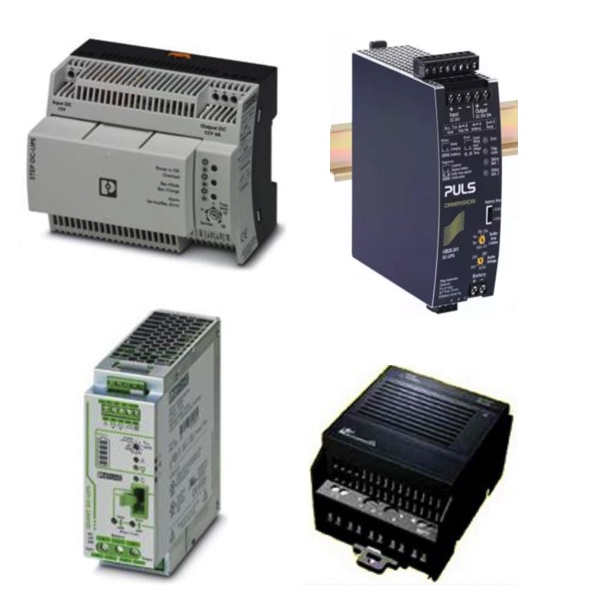DC UPS

DC UPS units are ideal for applications where the primary power source operates on direct current or where high efficiency and compact design are required. They are commonly found in systems such as network storage devices, communication systems, industrial automation, solar installations, and energy storage setups. Unlike traditional AC UPS systems, DC UPS units eliminate the need for AC-to-DC conversion, improving energy efficiency and reducing heat buildup.
By supplying direct backup power, DC UPS systems help prevent data loss, equipment damage, and downtime. Their modular design allows for flexible battery expansion, easy installation, and seamless integration into existing DC power networks. Many models also feature intelligent monitoring, status indicators, and communication interfaces that provide real-time performance data and battery health updates. These power systems are engineered to ensure reliability in mission-critical applications where consistent performance is a must, from manufacturing control panels to telecommunications and renewable energy systems.
FAQs
Q: What is a DC UPS used for?
A DC UPS provides backup power to equipment that operates on direct current, ensuring uninterrupted operation during power loss or fluctuations.
Q: How is a DC UPS different from an AC UPS?
A DC UPS delivers direct current power without requiring conversion, which improves efficiency, reduces energy loss, and minimizes heat generation compared to AC UPS systems.
Q: What are common applications for DC UPS systems?
They are used in telecommunications, solar energy systems, data storage, industrial automation, and other applications that rely on direct current power.
Q: Can DC UPS systems be connected to batteries for extended runtime?
Yes, DC UPS systems support battery connections to extend backup duration and maintain continuous power during extended outages.
Q: Do DC UPS systems include monitoring features?
Many DC UPS models include integrated monitoring and communication features that report voltage, current, battery status, and fault conditions in real time.
Why Buy DC UPS Solutions from RSP Supply
RSP Supply provides dependable DC UPS solutions from Phoenix Contact and Powerstream, backed by technical support, competitive pricing, and fast shipping. Whether for renewable energy, automation, or critical control systems, our DC UPS lineup ensures efficiency, safety, and long-lasting performance.

